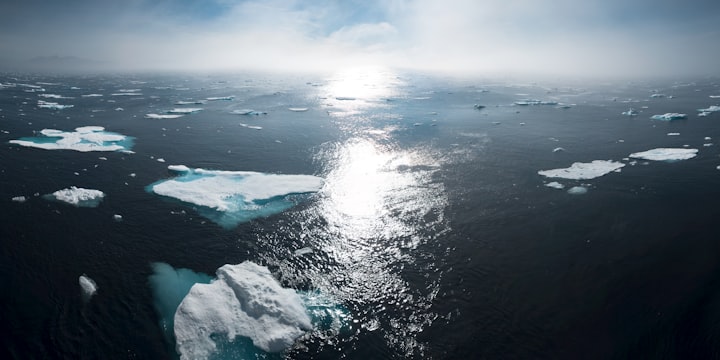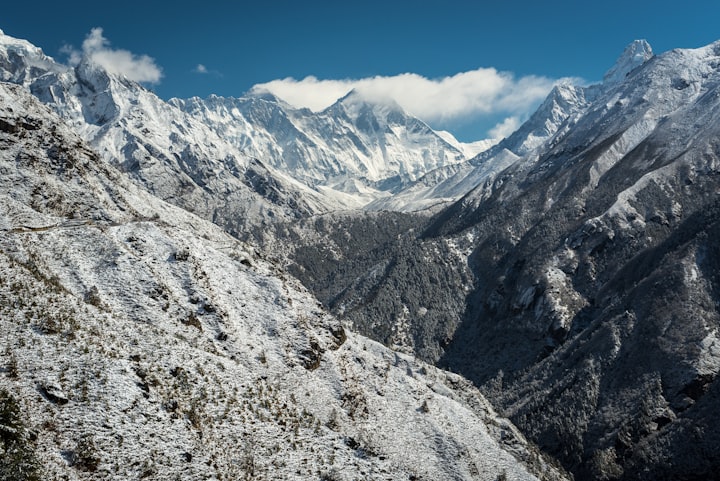
The Earth is a dynamic, ever-evolving planet with a vast spectrum of regionally distinct weather patterns and climatic conditions. The climates of the Earth are influenced by a complex interplay of variables, including latitude, altitude, ocean currents, and atmospheric circulation, from the wet tropics to the icy poles.
In this post, we'll examine the distinctive qualities and traits of each of the several climates that make up our world. We'll look at the elements that affect climate, such as El Nio, La Nia, and the greenhouse effect, as well as how human activities affect the planet's weather patterns.
The five main climate types found on Earth are tropical, dry, temperate, continental, and polar. Let's examine each of these in more detail.
Near the equator, where the temperature is warm all year round, are tropical climates. With lush flora and dense forests, these climates are distinguished by high levels of humidity and frequent rainfall. Two of the world's largest tropical rainforests are the Amazon in South America and the Congo Basin in Africa. Numerous animal species, such as monkeys, parrots, and jaguars, can be found in tropical regions.
In places with limited rainfall, such deserts and steppes, there exist dry climates. These climates are characterized by scorching daytime temperatures and cold nighttime temperatures. Two of the world's largest deserts are the Sahara in North Africa and the Gobi in China. Despite the challenging surroundings, some flora and animals, like cactus and camels, have evolved to live there.
Regions having four distinct seasons, mild temperatures, and regular rainfall are said to have a temperate climate. There are many different types of plants and animals found in these climates, which are typified by deciduous woods and grasslands. Regions with temperate climates include sections of Asia, Europe, and the United States.
Large continents' interiors are examples of places with continental climates that are far from oceans. With low humidity and moderate rainfall, these climates are characterized by hot summers and chilly winters. Examples of regions having continental climates include the Siberian region of Russia and the Great Plains of North America.
Polar climates are present where the majority of the year is spent with temperatures below freezing. Ice and snow are predominant in these climes, and there is little plant or animal life. Polar climates can be found, for example, in the Arctic and Antarctic.
There are many different and intricate elements that affect the climate. The greenhouse effect, which describes how gases like carbon dioxide and methane trap heat in the Earth's atmosphere, is one of the most significant contributors. These gases have increased as a result of human activities like burning fossil fuels, which have warmed the Earth's climate and altered weather patterns.
The cyclical variations in ocean currents in the Pacific Ocean, known as El Nio and La Nia, are another significant element that affects climate. When warm water accumulates in the eastern Pacific, it causes El Nio, which alters global wind patterns and weather patterns. La Nia happens when cold water accumulates in the same area, resulting in the opposite weather. Deforestation and agriculture, for example, can modify the Earth's surface and change how much heat the planet absorbs, both of which can have a big impact on the climate. For instance, deforestation can affect weather patterns by raising carbon dioxide levels and lowering the amount of water vapor released into the atmosphere.
In conclusion, the Earth's climates are complex and diverse, shaped by a wide range of factors that include latitude, altitude, ocean currents, and atmospheric circulation. Understanding these factors and their impact on climate is crucial for predicting weather patterns and mitigating the effects of climate change.
As the Earth's population continues to grow and human activities continue to have a significant impact on the planet, it is more important than ever to take action to reduce our carbon footprint and protect the Earth's climate. By working together, we can create a more sustainable future for ourselves and for future generations.
About the Creator
Furkan Ö.
I am a young writer who can write on any topic. I may not be able to change the world with my words, but I can stir thoughts with my writing. I will continue to write for my followers, fans, and future readers.






Comments
There are no comments for this story
Be the first to respond and start the conversation.